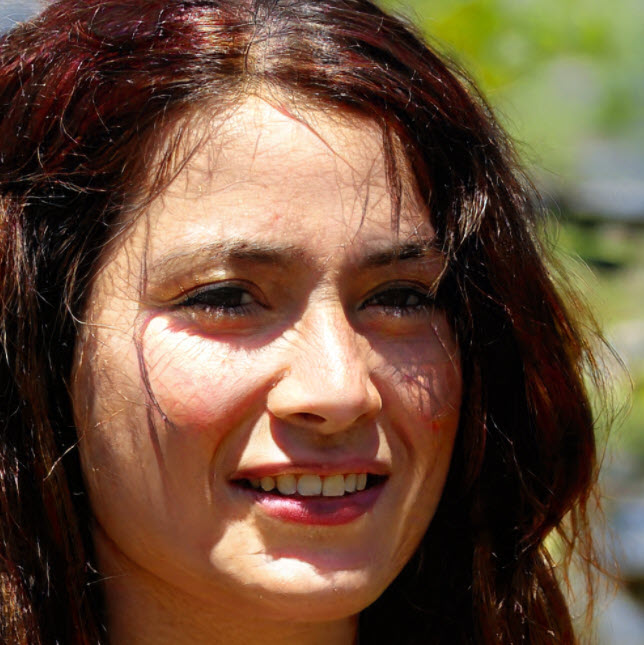Unlocking the Power of Flash: How to Turn On and Off Your Nikon D5300 Flash
The Nikon D5300 is one of the most popular digital SLR cameras available today. It offers a wide range of features and capabilities, from simple point-and-shoot operation to advanced manual settings for professional photographers. One feature that you may need to take advantage of at times is its ability to control flash output through its built in flash mode selector. This tutorial will explain how to easily turn on and off your Nikon D5300’s onboard camera flash for optimal performance during photography or video creation sessions. With just a few simple steps, you can significantly enhance your photos by controlling light exposure with precision accuracy!
The Nikon D5300 is an incredibly powerful and versatile camera that allows you to take amazing photos. One of the features it offers is a built-in flash, allowing you to quickly add light or fill in dark areas when needed. If you’re new to using this feature, we can help walk you through how to turn on and off your flash for great looking shots every time!
How to Turn On and Off Flash on Nikon D5300
The Nikon D5300 has a built-in flash that can be used to brighten images in low light situations or add some extra impact. Knowing how to turn the flash on and off quickly and easily when needed is crucial for getting the most out of your camera's capabilities. The good news is, it’s actually quite straightforward! First, ensure you have pressed down the selector button at the rear of your camera towards either side until it locks into position. Once that’s been done, press up or down on this same button which will enable or disable the pop-up flash accordingly. This process should take no more than five seconds once practiced; allowing you to maintain a quick yet quality workflow behind any shoot taking place!
Step-by-Step Instructions
Turning on and off flash on a Nikon D5300 is an easy task that anyone can do with the right instructions. To get started, first locate the Flash icon at the top of your camera body. It should be directly above where you view images taken from either rear or articulated LCD panel. Once located press it to open up its menu options then scroll down using arrow keys until you find “On” or ‘Auto’ option for activating flash operation mode in automatic mode when needed without having to manually configure every time; otherwise choose Off if not required any more for taking pictures after certain shots have been taken already with this feature enabled previously as well as various other alternatives may also appear depending upon lighting conditions too such as Synchro (1/250) setting which requires some manual configuration but will produce better photographs compared to auto settings under controlled light environment allowing user control over exposure elements like ISO & shutter speed etc before going forward further making sure each shot turns out exactly how they envisioned while learning photography step-by-step within process itself eventually!
Tips for Using the Flash Effectively
Now that you know how to turn on and off flash for your Nikon D5300, it’s time to start using the flash effectively. Using your built-in flash can be tricky as you need to pay attention not only to lighting conditions but also distance between yourself or subject and camera/flash. When shooting with a wide angle lens, try bouncing the light off of walls around you instead of pointing it straight at your subjects; this will create a softer look which may work better in some cases. In general, when taking closeup portraits move back slightly while keeping an eye on shadows falling across faces before firing away! Finally always remember with practice comes mastery so keep experimenting until you find results that fit what YOU want - happy snapping!
Conclusion
In conclusion, understanding how to turn flash on and off with the Nikon D5300 is a key part of becoming an expert photographer. After reading this guide, you should now have a clear grasp on when it's best to use flash in your photography and how easy it is to actually operate your camera's built-in flash system. Whether you're out shooting portraits or landscapes, being able to quickly switch between using the ambient light from a scene or supplementing that light with an additional source can give your photos greater depth and visual impact for stunning results.
